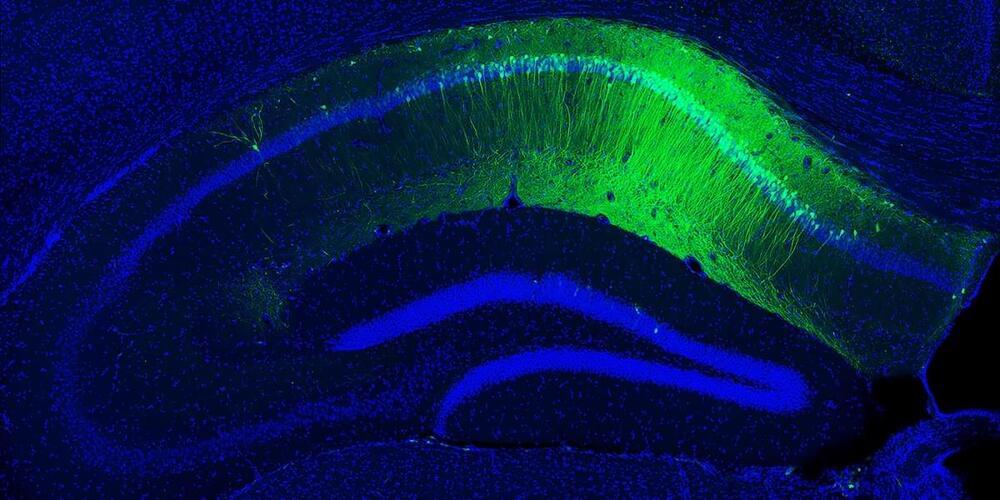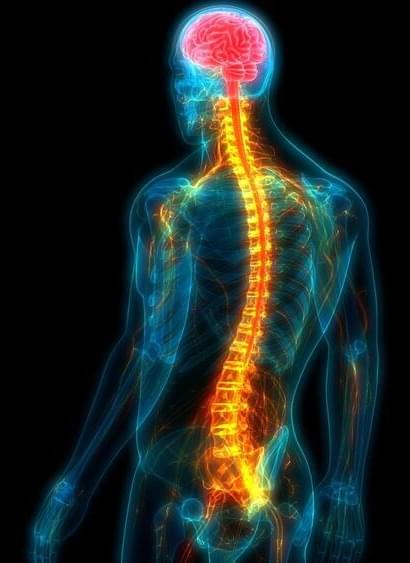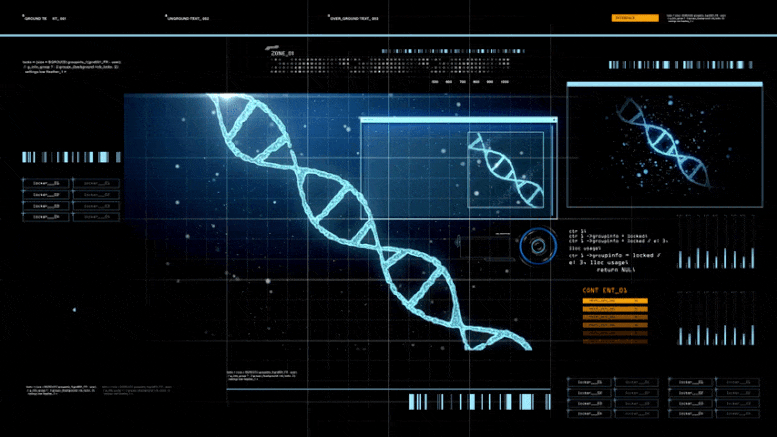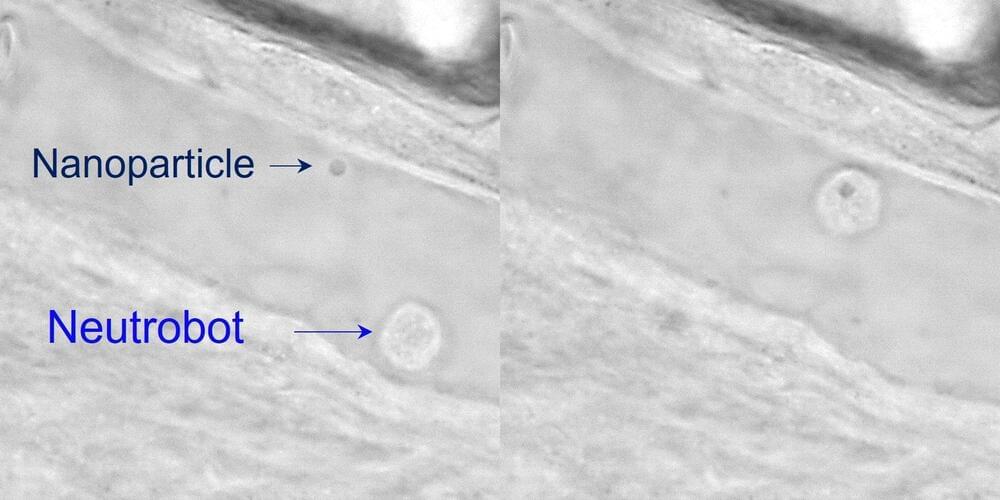The latest Food Security and Nutrition in the World report reveals the extent of global hunger, with the number of malnourished people has increased for the sixth year in a row.
Get the latest international news and world events from around the world.

Plant study hints evolution may be predictable
Evolution has long been viewed as a rather random process, with the traits of species shaped by chance mutations and environmental events—and therefore largely unpredictable.
But an international team of scientists led by researchers from Yale University and Columbia University has found that a particular plant lineage independently evolved three similar leaf types over and over again in mountainous regions scattered throughout the neotropics.
The findings provided the first examples in plants of a phenomenon known as “replicated radiation,” in which similar forms evolve repeatedly within different regions, suggesting that evolution is not always such a random process but can be predicted.

The Devastating Destruction of the Human Race | The Killing Star
So, I think I uncovered a treasure. The Killing Star by Charles Pellegrino and George Zebrowski was originally published 1995 and it paints a dark and seemingly plausible depiction of humanity’s potential future. This book is about several things genetic engineering and cloning, it’s about the destructive power of fanaticism, It’s about the over confidence and hubris of humanity, and that gets really hammered home in this book with all it’s references to the titanic, which has for a very long time been thought of as one of the greatest symbols of human hubris, it’s about AI, and when it goes to far, it’s about our over dependence on technology, it’s about humanity’s indefinite survival outside of earth, and most importantly, it’s about the devastating annihilation of the vast majority of the human race.
Join Dune Club!
https://twitter.com/DanikaXIX/status/1540394079069999106
Music: https://www.youtube.com/watch?v=63UR4xLiUNo.
Cover art: https://www.artstation.com/artwork/L3YP2w.
FOLLOW QUINN ON TWITTER: Twitter: https://twitter.com/IDEASOFICE_FIRE
Three-Body Playlist: https://youtube.com/playlist?list=PLRXGGVBzHLUfIzEhovpQJ2ENiNvJoOD2A

Research Shows Investigational Cancer Drug Can Boost Regeneration of Damaged Nerves After Spinal Cord Injury
Scientists have demonstrated that a brain-penetrating candidate drug currently in development as a cancer therapy can promote regeneration of damaged nerves after spinal trauma.
The research used cell and animal models to show that when taken orally the candidate drug, known as AZD1390, can block the response to DNA
DNA, or deoxyribonucleic acid, is a molecule composed of two long strands of nucleotides that coil around each other to form a double helix. It is the hereditary material in humans and almost all other organisms that carries genetic instructions for development, functioning, growth, and reproduction. Nearly every cell in a person’s body has the same DNA. Most DNA is located in the cell nucleus (where it is called nuclear DNA), but a small amount of DNA can also be found in the mitochondria (where it is called mitochondrial DNA or mtDNA).



A New Technology Could Help Solve a DNA Mystery
Researchers from Oxford Nanopore Technologies, Weill Cornell Medicine, and the New York Genome Center have created a new technique to evaluate the three-dimensional structure of the human DNA
DNA, or deoxyribonucleic acid, is a molecule composed of two long strands of nucleotides that coil around each other to form a double helix. It is the hereditary material in humans and almost all other organisms that carries genetic instructions for development, functioning, growth, and reproduction. Nearly every cell in a person’s body has the same DNA. Most DNA is located in the cell nucleus (where it is called nuclear DNA), but a small amount of DNA can also be found in the mitochondria (where it is called mitochondrial DNA or mtDNA).
Ionization of Gravitational Atoms
By: William Brown, Biophysicist at the Resonance Science Foundation
Stellar mass black holes, like elementary particles, are remarkably simple objects. They have three primary observable properties: mass, spin, and electric charge. The similarities with elementary particles, like the proton, doesn’t stop there, as stellar mass black holes in binary systems can also form bound and unbound states due to interaction of orbital clouds (from boson condensates), uncannily analogous to the behavior and properties of atoms.
The spin of stellar mass black holes is a particularly significant property, as black holes have rapid rotations that generate a region of space called the ergosphere around the event horizon, where the torque on spacetime is so great that an object would have to travel at a velocity exceeding the speed of light just to stay in a stationary orbit. Analysis of this region has resulted in some interesting physics predictions, one being the phenomenon of superradiance. When a wave (whether of electromagnetic radiation or matter) enters the ergosphere with a specific trajectory, it can exit the black hole environment with a larger amplitude than the one with which it came in— this amplification process is called black hole superradiance. It was an effect first described by Roger Penrose nearly 50 years ago and describes how work can be extracted from the ergosphere of a black hole [1].

Researchers Use Lasers to Transform Neutrophils into Medicinal Microrobots
Medical microrobots could aid doctors in providing better illness prevention and treatment. However, the majority of these gadgets are created from synthetic materials that incite in vivo immunological reactions.
Scientists have now successfully utilized lasers to precisely manipulate neutrophils, a type of white blood cell, in living fish as a natural, biocompatible microrobot for the first time, as reported in ACS Central Science.
Microrobots that are now being developed for medical use need to be injected into an animal or ingested as capsules. However, scientists have discovered that these tiny items frequently cause immunological reactions in small animals, which prevents the elimination of microrobots from the body before they can carry out their functions.